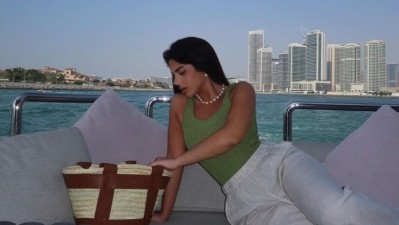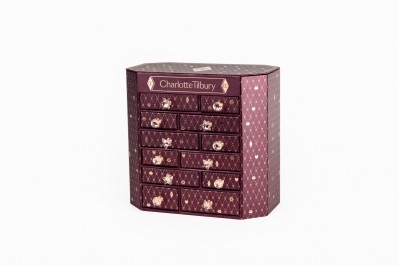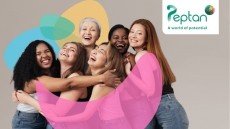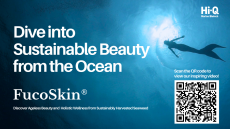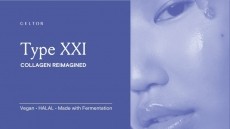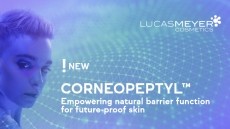4 things every beauty brand should know about experiential popups
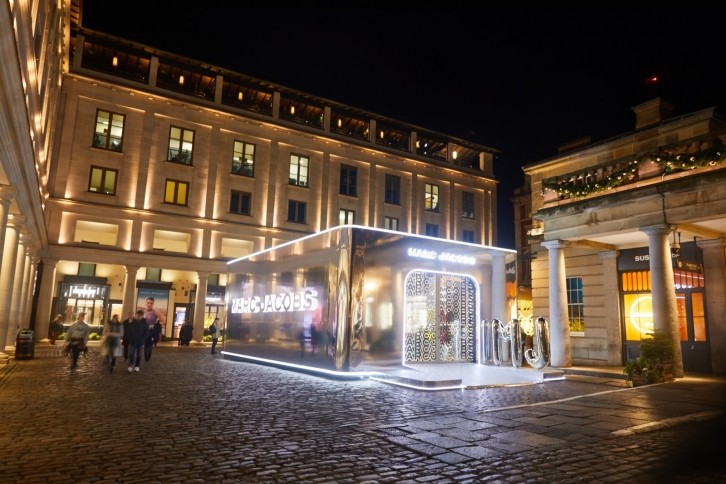
Beauty consumers are attracted to popups like moths to a flame. It’s a chance to immerse themselves in the brand, try out the products for themselves, and often there is an opportunity to enjoy an activity offered by the brand: from mixing up bespoke formulations to tarot readings to designing their own packaging for a product purchase. There’s no doubt that popups add an splash of fun to the beauty retail landscape. However, they do require extra budgetary investment and plenty of advance planning to make them a success.
We spoke to the business director and cofounder of creative experiential marketing company Backlash, James Barnes, to get his expert insights on what to consider before creating a beauty popup.
Christmas gets earlier each year
“Pre-Covid we would have expected the majority of the experiential activity for Christmas to happen at the end of November and to peak in December. Since the onset of Covid and the continued rise in popularity of online shopping and Black Friday sales, we have seen brands wanting to activate well in advance of Christmas to ensure their products are on people’s Christmas lists early. Typically brands now want to activate their festive campaigns at the end of October through to mid-November, to boost sales ahead of the Black Friday bargain hunters.”
Popups can shorten the sales cycle
“Experiential is probably the quickest and most effective way of creating that all-important emotional connection with consumers due to its uniquely human interaction with your brand. If the concept has been well crafted and guests have a positive experience then in my experience there is no better way of building brand affinity, winning fans and converting sales.
Every brand is looking to improve market share and/or address challenges that the brand or a new product launch face. In a world where media and social advertising is prevalent to the point of saturation, face-to-face experiential marketing offers a lesser used tactic to steal a win over the competition.
Experiential is the only form of marketing that allows brands and consumers to have an authentic two-way conversation and to be educated on a product and try it out first-hand. This more human form of interaction shortens a typical sales cycle from several marketing channel touch points into one experience that delivers awareness, consideration and conversion in one hit.”
And they don’t have to be expensive
"What does a typical experiential campaign cost for a pop up, roadshow, shopping centre activation or PR stunt? The answer is what you can afford. A great agency will look to maximise a brand’s budget no matter what it is and advise what results you can expect to deliver for the budget or the extend results you could achieve for more investment.
My top tip to maximise ROI is to see experiential as more than just the physical event. It should integrate with influencer programmes, become a content creation hub, be a space to reward your community and lastly reward guests who make the effort to attend with unique product or promotional offers."
EU events require more planning time than UK ones (but the weather is usually better)
"The appetite for experiential in Europe is just as big as the UK and brands are doing great work. Activity tends to peak more so than the UK during large sporting events such as the Olympics, football tournaments and Tour de France. Additionally, Europe has much more consistent weather, so brands don’t have to worry about outdoor campaigns being rained on as much as the UK.
A key operational difference is that European events tend to take longer to develop as local authority owned spaces require longer lead times to process applications, so whereas in the UK we require two – three months to develop a campaign, in Europe this is more like three to four months."

